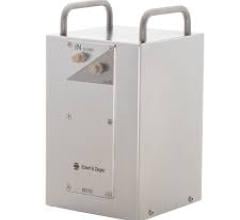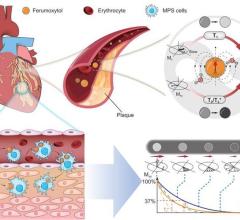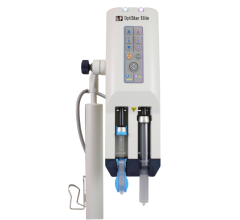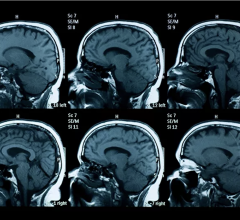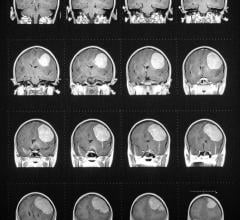July 30, 2009 - The iso-omolar contrast medium iodixanol does not yield lower rates of contrast-induced acute kidney injury (CI-AKI) than low-osmolar contrast media (LOCM), according to a meta-analysis published in the July 2009 issue of JACC: Cardiovascular Interventions.
Could these findings change current ACC/AHA guidelines, which give a class IA recommendation for iso-osmolar contrast media in patients with chronic kidney disease undergoing coronary angiography?
In the study, a team of researchers at the University of Michigan Medical School led by Hitinder Gurm, M.D., analyzed pooled data from 16 trials conducted between 1980 and 2008 that included 2,763 subjects. The studies consistently ascertained renal function data from patients randomized to either LOCM or iodixanol. The primary endpoint for the meta-analysis was the incidence of CI-AKI as defined by each individual study protocol.
Kidney injury occurred in 128 of 1,379 (9.3%) patients who received iodixanol vs. 158 of 1,375 (11.5%) patients who received LOCM. There was a trend toward a reduced relative risk of CI-AKI with iodixanol compared to LOCM as a whole, although the difference was not significant. After looking at individual types of contrast media, iodixanol did offer a significant advantage in some cases (table 1). Because only 1 study used iomeprol, an analysis was not conducted for this agent. Further, the risk of mortality and need for hemodialysis were similar between the iodixanol and LOCM groups.
This is contrary to earlier research suggesting iodixanol caused less kidney damage than LOCM. This conclusion led to the current ACC/AHA guidelines recommending iso-osmolar contrast media in NSTE ACS patients with chronic kidney disease undergoing angiography.
In light of the new data, the ACC/AHA guidelines may change, and subsequently drive the adoption of less expensive imaging alternatives that are just as effective as the more costly iodixanol, such as Bracco’s iopamidol or Isovue.
For more information: www.bracco.com


 July 09, 2024
July 09, 2024 


